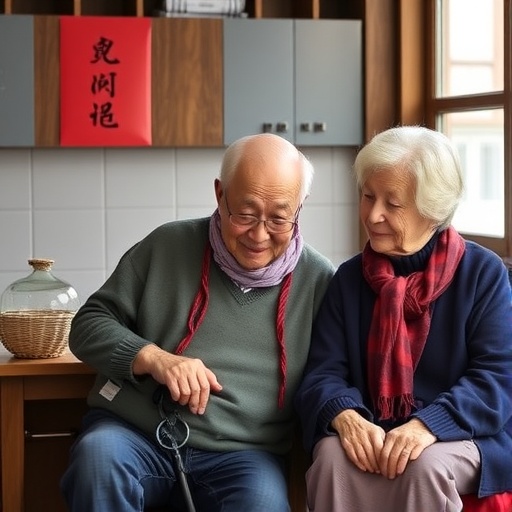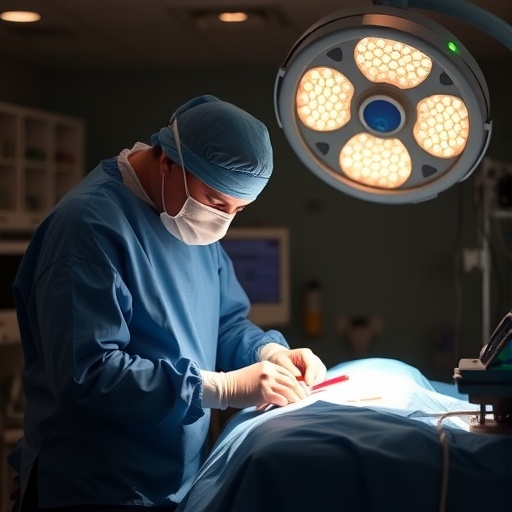Blast trauma and the human brain

Credit: UT Arlington
A University of Texas at Arlington researcher has received an Office of Naval Research (ONR) grant to examine the mechanics of how blast-like events cause damage to the brain.
Ashfaq Adnan, professor of mechanical and aerospace engineering, has received a three-year, $944,845 grant to study the potential link between blast-like trauma and cellular and tissue damage in the brain. By using ultra-high-speed cameras to capture dynamic events within a simulated brain, he will be able to look at rapid acceleration and deceleration to investigate what happens during such events.
Previous research has suggested that blast-like trauma has great potential to create cavitation, or bubbles, and cause damage to brain cells, with some studies showing their presence inside realistic head models. Adnan wants to track the entire process of bubble formation, evolution and collapse to observe how it affects brain cells.
“This study will give us the unique opportunity to see bubble formation in realistic scenarios and connect to our previous research to help us understand how to prevent traumatic brain injuries,” Adnan said. “Once we understand the pathways leading to brain injury, we will have more avenues to explore damage mechanisms and apply our findings to prevention and treatment.
“I’d like to specially thank the ONR and Timothy Bentley, program manager and deputy of its Force Health Protection Program, for supporting our research,” Adnan said.
He also will investigate the broader configurations of the brain, specifically related to glial cells, which are found next to neuronal cells and contain elements necessary for neuronal cells to function. Adnan suspects that glial cells act as a shield against trauma to neuronal cells.
“Dr. Adnan’s work continues to evolve and provide crucial insight into the mechanisms of traumatic brain injuries,” said Erian Armanios, chair of the Mechanical and Aerospace Engineering Department. “His leadership and professional discernment have contributed much to the collective knowledge in this area, and I look forward to the groundbreaking results of this milestone.”
Adnan purchased the high-speed cameras for the study with a Defense University Research Instrumentation Program grant. He has two other ONR grants and a National Institutes of Health sub-award totaling $1.98 million to support his research related to blast-induced traumatic brain injury. His previous research has determined that, under certain circumstances, the mechanical forces of blast-like events can damage the perineuronal net located adjacent to neurons, which could in turn damage the neurons themselves.
He and his team simulated a shock wave-induced cavitation collapse within the perineuronal net, which is a specialized extracellular matrix that stabilizes synapses in the brain. The team focused on the damage in hyaluronan, which is the net’s main structural component, and showed that the localized supersonic forces created by an asymmetrical bubble collapse may break it.
###
– Written by Jeremy Agor, College of Engineering
Media Contact
Herb Booth
[email protected]
Original Source
https:/





